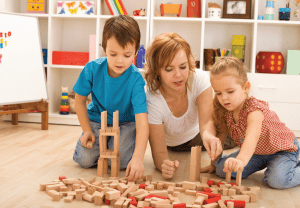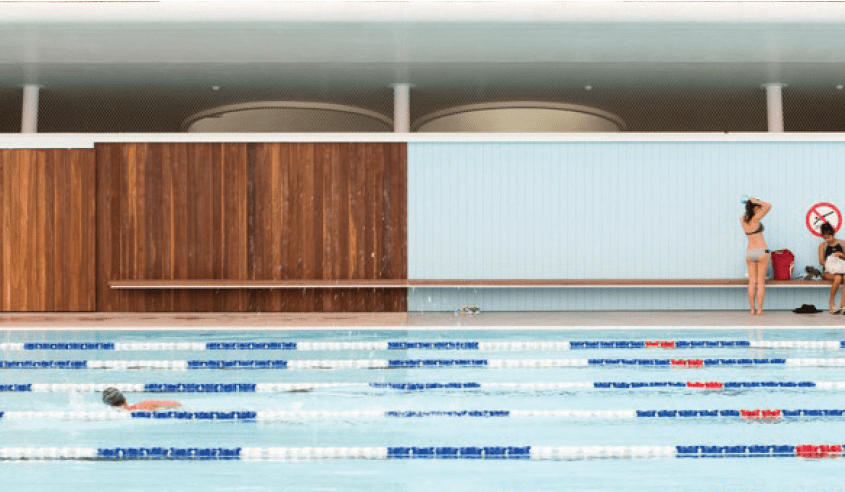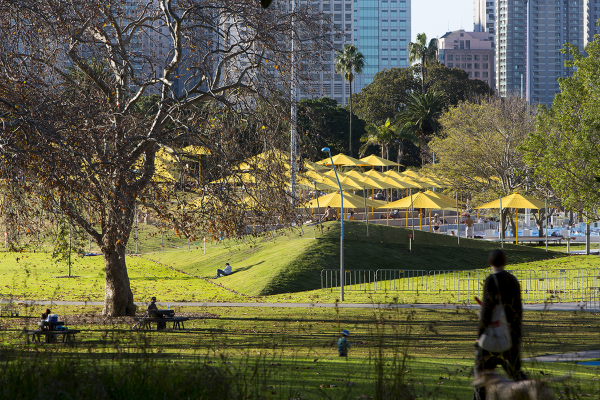Safe Design – A Legal Overview
Safe Design – A Legal Overview*
This article on ‘Safe Design – A Legal Overview’ is an excerpt of content from Safe Design Australia’s ebook “Safe Design in Practice, for designers of structures.’
It’s important to remember that the purpose of the Work Health and Safety Act (WHS) is about encouraging a collaborative approach to risk management and involvement of all stakeholders to promote a safer outcome for workers during the lifecycle of the structure as a workplace. More than one person or entity can have a duty in relation to the same matter. Prevention of incidents is the preferred outcome.
Health and safety duties under the WHS Act
Under the WHS Act, the ‘health and safety duties’ (refer sections 19-29) that would most likely apply to designers are contained in:
- Section 19 – the primary duty of care – imposed on all persons conducting a business or undertaking; and
- Section 22 – duties of designers.
A related duty to that imposed on designers is contained in Section 26 – duties of persons who commission structures (the client).
There are also further health and safety duties that may be relevant to designers and clients in relation to structures including duties of PCBUs who manufacture (s23), import (s24), or supply (s25) structures or those who install or commission structures (s26).
Additionally, there are health and safety duties on individuals connected with a designer, including officers (s27), workers (s28) and other persons at a workplace (s29).
Other duties and provisions of the WHS Act
There are various other provisions of the WHY Act, including duties that are relevant to PCBUs, including designers.
For example:
- Sections 35-38 state when a duty holder must notify the relevant regulatory body in their state of a work health and safety incident.
- Sections 40-45 relate to authorisations for particular workplaces, plant or substances and prescribed qualifications or experience.
- Sections 46-49 provide for consultation by a duty holder with others, including workers and other duty holders.
WHS Regulation
The WHS Regulation is made under the WHS Act. The Regulation relates to a range of matters and generally provides more specific guidance and/or obligations than contained in the WHS Act. However, it’s important to note that an obligation imposed by the WHS Regulation in relation to health and safety does not limit or affect any duty the person has under the WHS Act, or unless expressly stated, any other provision of the WHS Regulation (reg 11). In most instances, the failure to compliy with a WHS Regulation results in a significantly lesser penalty than a failure to comply with a provision under the WHS Act.
Potential legal consequences of breach of the WHS Act for designers
The potential legal consequences for a breach of the WHY legislation are varied, but the main options available consist of:
- A monetary penalty;
- Imprisonment (individuals only);
- An improvement notice;
- A prohibition notice;
- A non-disturbance notice;
- Enforceable undertakings;
- Adverse publicity orders
- Orders for restoration;
- Work health and safety project orders;
- Training orders;
- Injunctions; and/or
- A civil penalty.
Other legal claims that could be made as a result of a health and safety incidence include:
- A worker’s compensation claim;
- A claim under anti-discrimination legislation; or
- A claim under industrial law (e.g. unfair dismissal, unlawful termination, general protections).
These types of claims are more likely to be made by an employee or contractor against an employer or principal (including by an employee or contractor of a designer) rather than a third party against a designer.
More than one consequence
It’s also possible that if an incident occurs, a designer may face more than one legal consequence. E.g. where both a criminal prosecution and civil law claim could be pursued.
ENSURE YOU’RE MEETING YOUR DUTIES AS A DESIGNER
Want to find out more about your Safe Design obligations under legislation? Download our FREE EBOOK.
Or if you’re a building designer, architect, engineer, or other building design professional, we encourage you to enrol in our flexible and convenience ‘Not Boring Safe Design Course’, designed to assist you understand and practice safe design principles and endorsed by the Safety Institute of Australia (SIA).
Need more info, contact us.



































